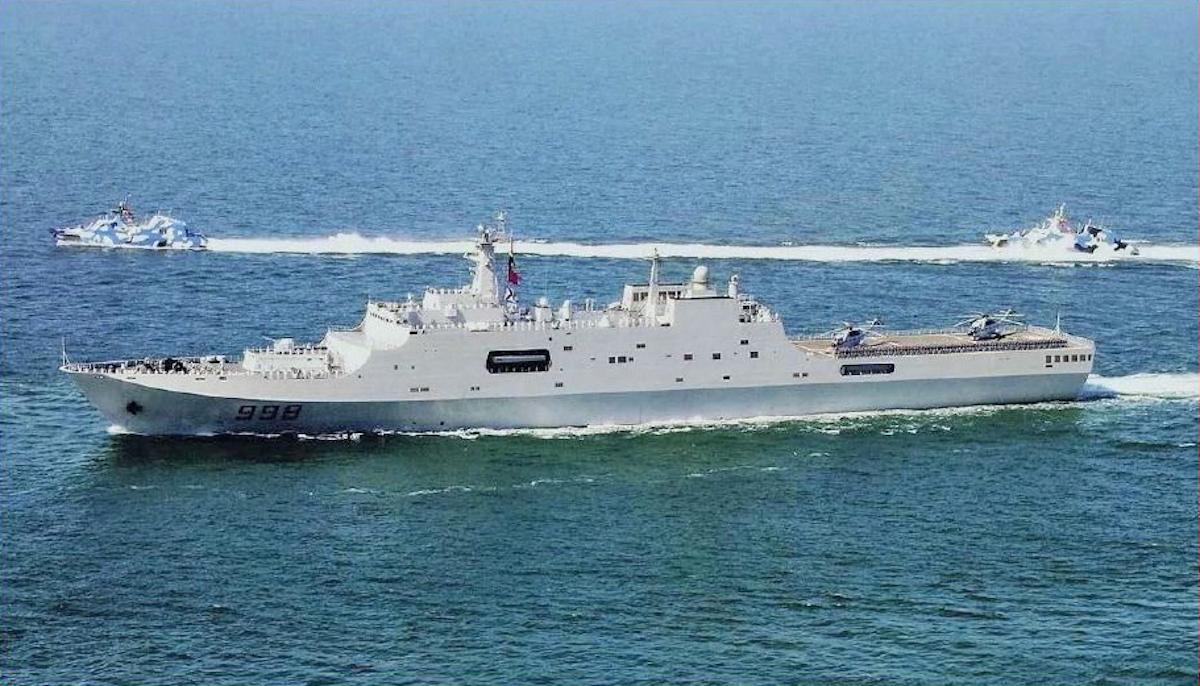The Russo-Indian joint venture Brahmos Aerospace is reportedly developing a variant of the Brahmos missile designed to engage airborne early-warning and control aircraft. As Douglas Barrie argues, the reasons behind India’s interest in a very long-range air-to-air missile highlights the continuing importance of command and control in the air domain.
At first glance, the notion of transforming a large, high-speed, sea-skimming anti-ship missile into a long-range air-to-air missile (AAM) might appear far-fetched. But, in the case of India’s Brahmos, appearances may be deceptive.
In the past, India is believed to have expressed an interest in acquiring or developing a long-range AAM to deal with a specific target set, with Russia as the potential source. Russian missile designer Novator’s KS-172 project was initially considered to meet just such a requirement, but the programme was ultimately shelved. Now, the source is apparently NPO Mashinostroyenia, India’s long-standing partner on the Brahmos programme.
The Brahmos family
Alexander Maksichev, the co-director of Russo-Indian company Brahmos Aerospace, which produces the Brahmos missile, is reported in the Russian press as saying a variant of the missile designed to engage airborne early-warning and control (AEW&C) aircraft would be ready by 2024. The original Brahmos missile was in effect Russia’s 3M55 Onyx (SS-N-26 Strobile) ramjet-powered anti-ship missile. The Indian and Russian governments approved a joint venture in 1998, which provided NPO Mashinostroyenia with sorely needed funds and possibly supported the competition that led to the development of the 3M55. The Brahmos anti-ship missile is in service with the Indian Navy, while a land-attack variant is also in service with the army. Development of an air-launched variant for the Indian Air Force, the Brahmos-A, is nearing completion and could begin to enter its inventory before the end of 2020. The air-launched Brahmos is being integrated on the Su-30MKI fighter/ground-attack (FGA) aircraft.

















